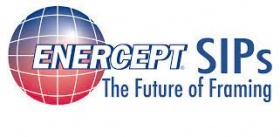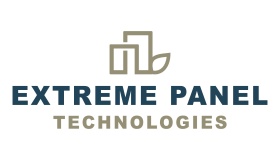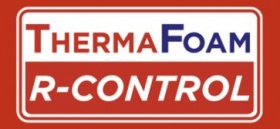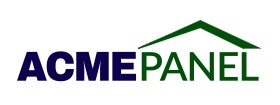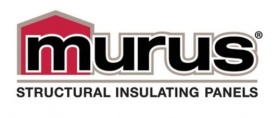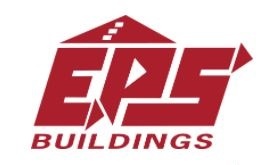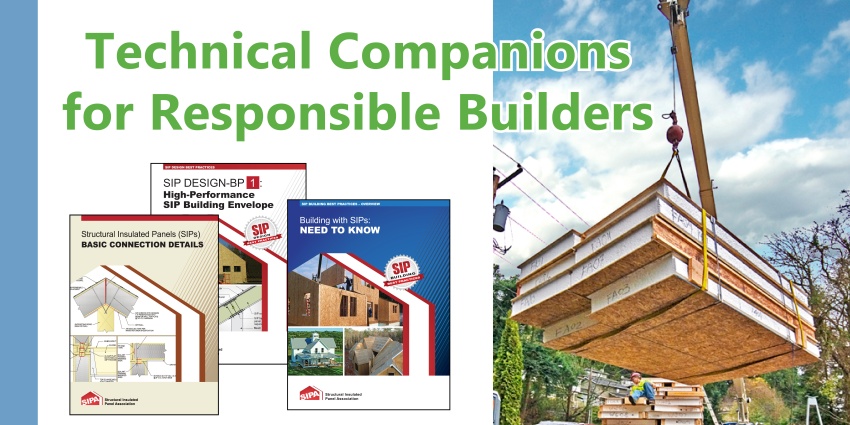
With SIPA’s easy-to-download, color-coded materials, the switch to a responsible building material has never been easier. SIPA is the foremost association advocating and publishing professional resources and studies about SIPs for SIP people. The 2022 message to the building industry is clear – building science has demonstrated that SIPs provide a clear path forward in high-performance construction. They are a low embodied carbon material that yields low operational carbon structures, energy saving in every phase. The choice to build better starts with SIPs.
What does the building science actually say?
Research-driven scientific evaluation is conducted and presented in life cycle analyses assessing performance features of a SIP structure. These publicly accessible studies are costly but reliable and unbiased in compiling evidence of a SIP structure’s resilience and eco-efficiency. For fact-based, scientific reading pleasure, explore these Life Cycle Analyses.
For readers wanting more on the structural properties of SIPs, our Technical Research page hosts several reports from the USDA’s Forest Product Laboratory, DoE’s Oak Ridge National Laboratory, Home Innovation Research Labs and APA – The Engineered Wood Association. SIPA has published 14 technical bulletins covering topics like creep performance and the durability of SIPs exposed to moisture.
For code approval information, visit our Building Codes and Standards page.
Are SIPA’s materials really free?
Yes.
SIPA kindly asks users to provide basic contact information prior to downloading free resources. We do not sell your information to third parties, and we promise only to send you periodic SIP-related goodies. Read more about SIPA’s Privacy Policy here.
SIPA does have a store that sells Joe Lstiburek’s Builder’s Guide to SIPs in digital or printed form as well as production surveys and product guides. We can also mail out printed resources (the free downloads) for a small cost.
What technical SIP-specific resources are available?
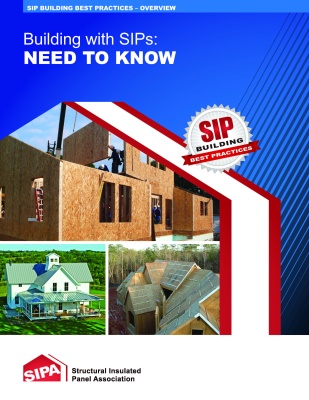
The Building Education with SIPs Training (BEST) program is a solid introduction to SIPs construction methods and their benefits as a building material. These 10 BEST courses are individually paced and are accredited by several professional organizations including the American Institute of Architects. All aspects of the BEST program are free.
SIPA highly recommends augmenting your knowledge with other brochures that provide detailed information for greater familiarity. SIPA’s Manufacturer Committee members and their combined expertise assist in the writing, publishing and updating of industry-standard SIP materials. Many of our resources are specific to builders or to designers, and SIPA has color coded these materials for convenience.
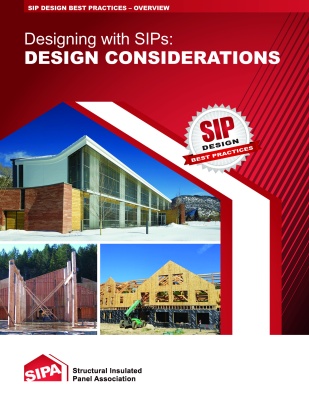
The blue-tagged covers are builder-specific guides. The red-tagged covers are publications for design professionals. In addition to two overview documents, the SIP Design Best Practices series takes a deeper dive into technicalities such as HVAC systems with SIPs, structural capabilities, SIP sizes and many more. There are five SIP Design Best Practices documents published and available on our Designing with SIPs page, with five more anticipated in 2022.
Which resources are most important to have on the jobsite?
All SIPA resources are free download on any device and we recommend builders keep the following on-hand:
SIP Specifications – This guide specification 06 12 00 for SIPs is used for typical construction projects.
SIPs Basic Connection Details - 26 detailed illustrations of typical SIP connections and joints. Includes roof-to-wall panel connections, foundation connections, eaves detailing and more. The SIPs Basic Connection Details document was updated in 2021 by a team of SIP-industry collaborators.
Do’s and Don’ts for Handling and Installing SIPs – outlines general SIP principles like handling, storage, assembly, weather details and interior comfort.
Code Approval
Anyone considering a building career with SIPs should also read through the Frequently Asked Questions and view the Common Objections to SIP Design videos. These resources build your confidence in the eco-conscious and flawlessly engineered features of a SIP building envelope. The responsibility of every builder is to build with integrity. When adopting SIPs, you’ve chosen a smarter product for the planet, a healthier product for future occupants and a legacy in each craft.
SIPA aims to develop and maintain the best-serving resources for SIP professionals. If you have questions or notice a gap in a topic, please feel free to email us at info@sips.org.
Click here to explore all of SIPA’s free digital publications.





